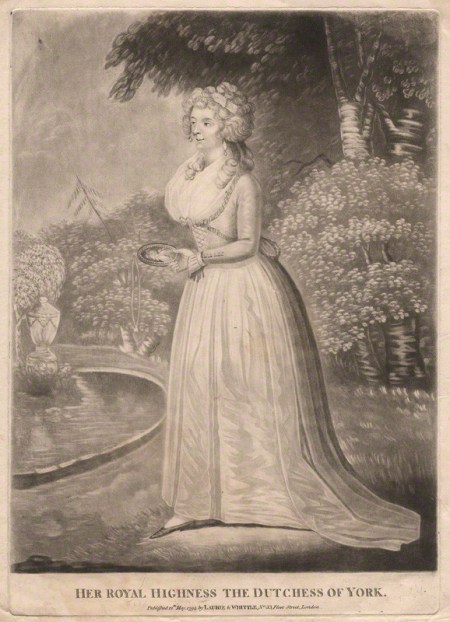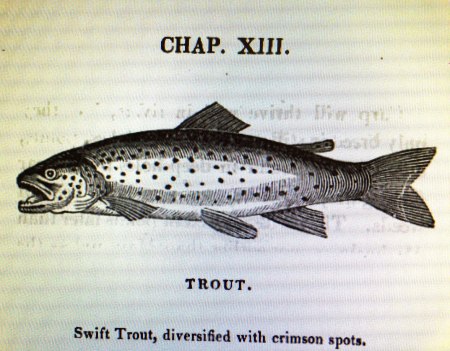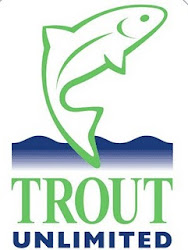The latest issue of The Flyfish Journal (6:2) includes an article by Tom Gregg about fly fishing in Afghanistan. In “The Taliban’s Trout: Searching for Dinnawah,” Gregg relates his quest to assemble fishing tackle and locate trout, while he was a Political Affairs Officer for the United Nations in 2005. Eventually, he was able to catch some snowtrout or Schizothorax progastus–the Dinnawah of the title. On the day that he did so, he was accompanied by an escort of five soldiers and his translator. During his first cast, he heard gunfire and assumed his small group was under attack by the Taliban. This turned out not to be the case. He writes, “The soldier’s commander told me one of the soldiers in my security detail had been overcome by the beauty of the morning. He had fired his gun out of happiness and three of his colleagues had returned fire in joy.”
We all experience the beauty of the less-cultivated, physical world in different ways, and we express those feelings differently as well. Gregg makes clear that what he enjoys the most about fishing and “nature” is the silence that one sometimes finds on the stream. He even invokes Izaak Walton, in describing his appreciation of “quiet.” This is apt, since Walton also fished during a time of turmoil–the English Civil Wars.
Still, in his article, Gregg does not fault his escorts for firing their guns. Perhaps, like Walton, Gregg understands that humans, as noisy as they can be, are a part of nature to be appreciated too. In my mind, it makes sense that observers of violent conflicts would feel this way, since they see such great losses of human life and the suffering such losses entail. Admittedly, however, I am imposing an awful lot of meaning upon an otherwise simple passage in Gregg’s essay.
For my own part, I first found the actions of the soldiers in the article odd, foreign, etc. Yet, upon reflection, I am now more interested in their appreciation of how beautiful that morning was, and less so in how they expressed that appreciation. I also find myself thinking that if we could all focus upon what we have in common, and what motivates us to act the ways that we do, then there might be a lot less conflict in every nation’s history. So, if I were to sit down and talk about “nature” with Gregg, I’d like to talk with the soldiers in his article, as well. After all, all three parties would have a starting point for our conversation.



















